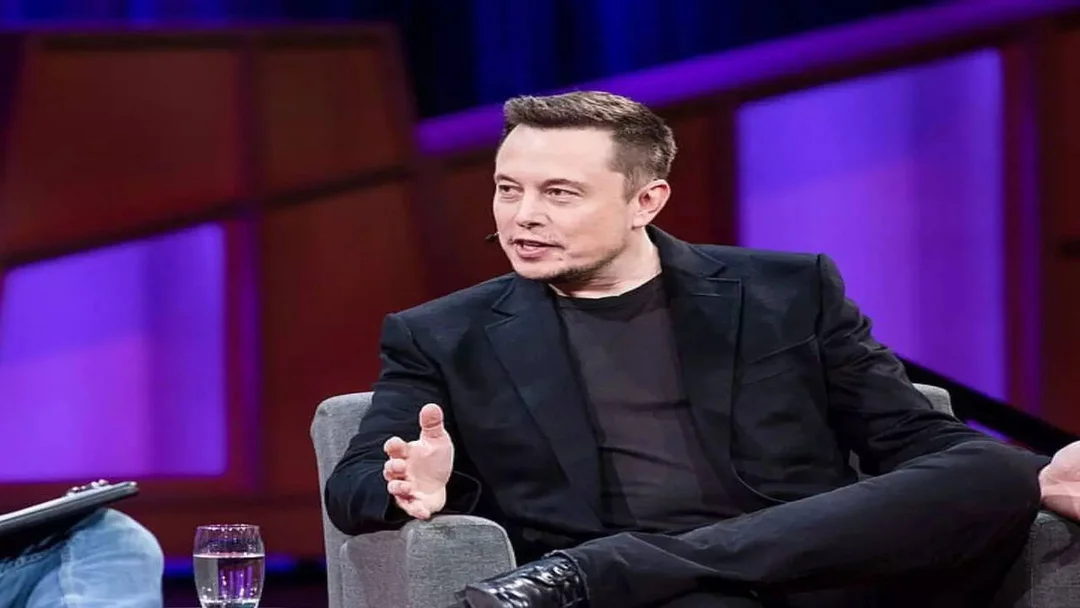
EU Scrutinizes SES-Intelsat Merger Amid Starlink’s Rising Influence
The European Commission is intensifying its scrutiny of SES's $3.1 billion acquisition of Intelsat, a merger aimed at strengthening Europe's position in the global satellite communications market. Central to the investigation is the question of whether Elon Musk's Starlink, owned by SpaceX, poses a credible competitive threat. The outcome of this probe could reshape the future of satellite communications in Europe and beyond.

The European Commission has issued a detailed questionnaire to customers and competitors, seeking to understand Starlink's potential to disrupt the market. The core question: Is Starlink a viable alternative to SES and Intelsat, which primarily rely on geostationary (GEO) and medium-earth orbit (MEO) satellites?
SES operates a fleet of approximately 70 satellites across multiple orbits, providing services ranging from video broadcasting to government communications and broadband internet. Intelsat, brings to the table its own extensive global satellite network. The merger intends to create a European satellite powerhouse capable of competing with U.S.-based giants like Starlink and Amazon’s Project Kuiper. Regulators are keenly aware of the growing importance of low-earth orbit (LEO) satellites in delivering high-speed internet globally.
Unlike traditional GEO satellites, LEO satellites offer lower latency and faster data speeds, making them increasingly attractive for various applications. Starlink, with its vast constellation already in orbit, has disrupted the industry by offering direct-to-consumer internet services and securing contracts with governments and businesses.
The EU is striving to create a robust alternative to American dominance in satellite communications, especially given the increasing need for secure and independent connectivity infrastructure. However, regulators are concerned that the merger could reduce competition in an already concentrated market.
The European Commission is also assessing the bargaining power of SES and Intelsat’s customers. They want to determine if customers can negotiate favorable terms for two-way satellite capacity and whether switching to alternative providers like Starlink or OneWeb is a feasible option. The Commission has set a deadline of June 10, 2025, for its preliminary review.
The merger is more than just a corporate transaction; it's a crucial element of Europe's strategy to reclaim its position in the space race. For decades, companies like SES and Eutelsat have been global leaders, but the rise of U.S.-based LEO constellations has shifted the competitive landscape. Starlink's rapid expansion and SpaceX's reusable rocket technology have put pressure on traditional operators.
The EU faces a delicate balancing act: fostering a strong European champion without compromising the benefits of a competitive market. Will the SES-Intelsat merger create a European powerhouse capable of challenging Starlink, or will it stifle competition and innovation?
What are your thoughts on the SES-Intelsat merger and Starlink's impact on the satellite communications industry? Share your opinions in the comments below!